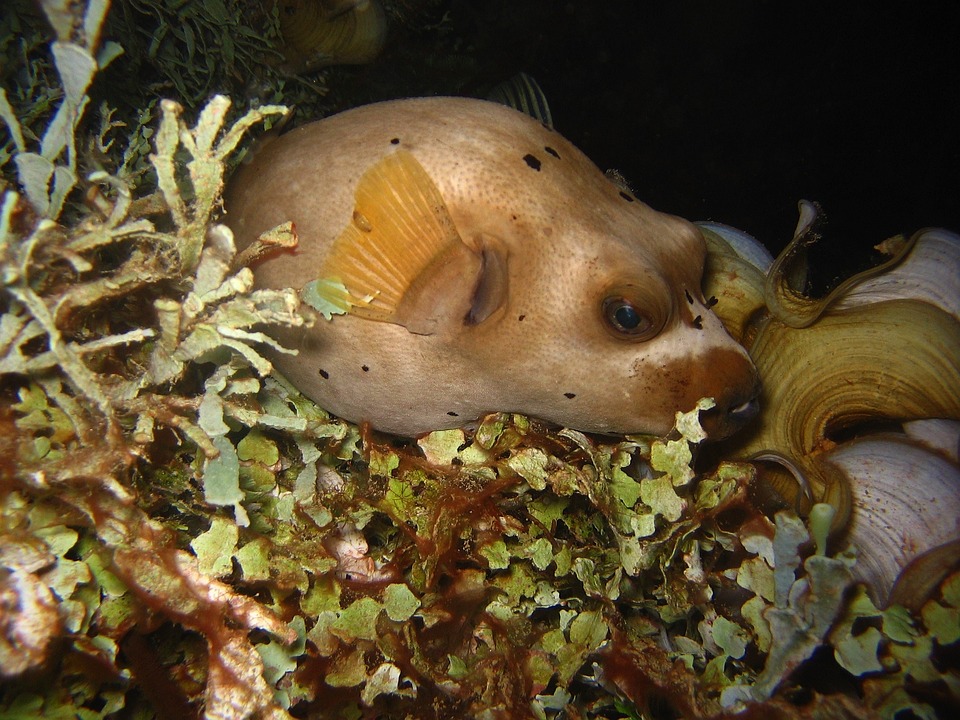The Importance of Disease-Resistant Fish in Your Aquarium: A Comprehensive Guide
Introduction:
When it comes to maintaining a thriving aquarium ecosystem, disease resistance is crucial for the health of your fish. Disease-resistant fish play a vital role in preventing disease outbreaks and ensuring the longevity of your aquatic pets. In this comprehensive guide, we will explore the definition and characteristics of disease-resistant fish, the benefits they bring to your aquarium, how to select them, and best practices for disease prevention.
1. Understanding Disease-Resistant Fish:
Disease-resistant fish are those that possess a natural ability to fight off common diseases or have been selectively bred for enhanced disease resistance. These fish have genetic traits that enable them to withstand various pathogens, parasites, and environmental stressors. Understanding the common diseases that can affect fish health is also important for recognizing the importance of disease resistance.
2. Benefits of Disease-Resistant Fish for Your Aquarium:
By selecting disease-resistant fish for your aquarium, you significantly reduce the risk of disease outbreaks among your fish population. This not only saves you the time and effort of dealing with sick fish but also helps maintain the overall water quality and health of your tank. Disease-resistant fish also have higher survival rates and longevity, providing you with years of enjoyment and a thriving aquatic environment.
3. Selecting Disease-Resistant Fish:
Researching and identifying disease-resistant fish species is essential before adding them to your aquarium. It is important to choose reputable breeders or suppliers who prioritize the health and disease resistance of their fish. Observing fish behavior and physical attributes can also serve as indicators of disease resistance. Look for active and alert fish with no signs of physical abnormalities.
4. Best Practices for Disease Prevention:
To ensure the well-being of disease-resistant fish, it is crucial to follow best practices for disease prevention. Quarantine procedures should be implemented for new fish acquisitions to prevent the introduction of diseases to the main tank. Proper tank hygiene and maintenance routines, including regular water changes and cleaning of filters, help maintain optimal water parameters. Providing a balanced diet and nutrition to your fish boosts their immune system and enhances disease resistance.
5. FAQs about Disease-Resistant Fish in Aquariums:
– Can all fish species be disease-resistant? While some fish species naturally possess higher disease resistance, selective breeding has allowed for the development of disease-resistant strains in various species.
– Are disease-resistant fish more expensive? Disease-resistant fish may have a slightly higher initial cost due to their breeding methods, but the long-term benefits outweigh the expense.
– Can disease-resistant fish still get sick? Disease-resistant fish have a better chance of fighting off infections and diseases. However, they are not immune to all diseases and can still fall ill if exposed to severe stressors or pathogens.
– How can I ensure disease-resistant fish thrive in my aquarium? Maintaining optimal water parameters, providing a balanced diet, minimizing stress, and following proper quarantine procedures are crucial to ensure the well-being of disease-resistant fish.
– Can I introduce disease-resistant fish to an existing aquarium with diseased fish? It is not recommended to introduce disease-resistant fish to an aquarium with diseased fish. Quarantine and treat the sick fish separately before adding new, healthy fish to the tank.
Conclusion:
Disease-resistant fish are essential for maintaining a healthy aquarium ecosystem. By selecting disease-resistant fish, practicing disease prevention measures, and providing optimal care, you can enjoy a thriving and disease-free aquarium. Investing in disease-resistant fish ensures the well-being and longevity of your aquatic pets, allowing you to create a beautiful and vibrant underwater world.









